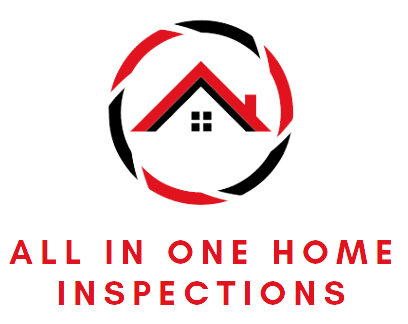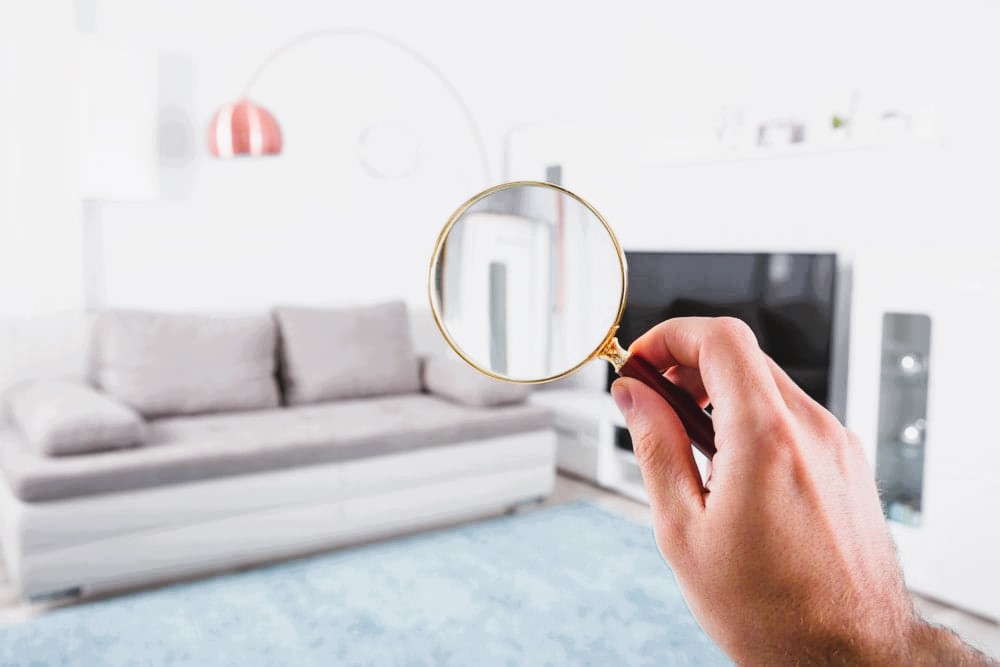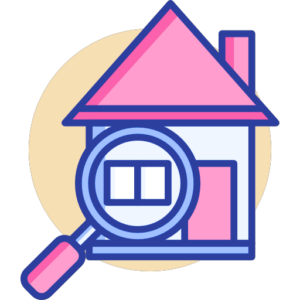As a responsible homeowner in Parksville, Canada, conducting regular home inspections can help you stay on top of your property’s condition and ensure that small issues are addressed before they become major problems. While professional home inspections are essential, there are certain DIY home inspection tips that you can follow to supplement the regular inspections and keep your home in tip-top shape. In this article, we will explore some valuable DIY home inspection tips for Parksville homeowners.
1. Exterior Check-Up
Start your DIY home inspection by examining the exterior of your home. Look for signs of wear and tear on the roof, siding, and foundation. Check for any cracks or gaps in the walls that might need sealing. Inspect the gutters and downspouts for clogs or damage, as proper drainage is crucial to avoid water-related issues.
2. Windows and Doors
Check all windows and doors for proper functioning. Ensure that they open and close smoothly, and inspect the weatherstripping for any signs of wear. Well-sealed windows and doors contribute to energy efficiency and prevent drafts.
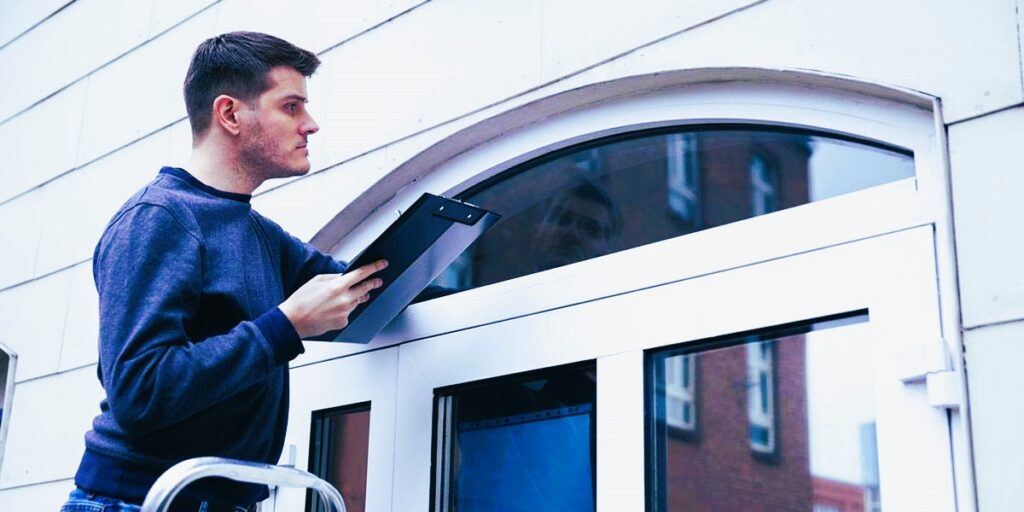
3. Plumbing Inspection
Conduct a thorough inspection of your plumbing system. Look for leaks under sinks, around faucets, and in the basement. Check for water stains on walls and ceilings, as these could indicate hidden leaks. Test all faucets, showers, and toilets to ensure they are working correctly.
4. Electrical Systems
Inspect your electrical systems, including outlets, switches, and circuit breakers. Look for any signs of damage or exposed wires. Ensure that the circuit breakers are labeled correctly for easy identification during emergencies. Green Home Inspections, see the article on sustainable living in Parksville.
5. Heating and Cooling
Test your heating and cooling systems to ensure they are functioning efficiently. Clean or replace air filters regularly to maintain optimal performance and indoor air quality.
6. Attic and Insulation
Take a trip to the attic and check for proper insulation. Insulation helps maintain a comfortable indoor temperature and contributes to energy savings. Look for any signs of pests or mold growth and address these issues promptly.
7. Basement and Crawl Spaces
Inspect your basement and crawl spaces for any signs of moisture or water intrusion. Ensure that the foundation is free from cracks or structural issues. Addressing foundation problems early can prevent costly repairs later.
8. Check for Pests
Regularly inspect your home for signs of pests, such as insects or rodents. Look for droppings, gnaw marks, or damaged wood, and take necessary measures to eliminate pests and prevent future infestations.
9. Safety Devices
Test all safety devices in your home, including smoke detectors and carbon monoxide detectors. Replace batteries if needed and ensure they are in proper working condition. You can read more about this topic at www.wikipedia.org
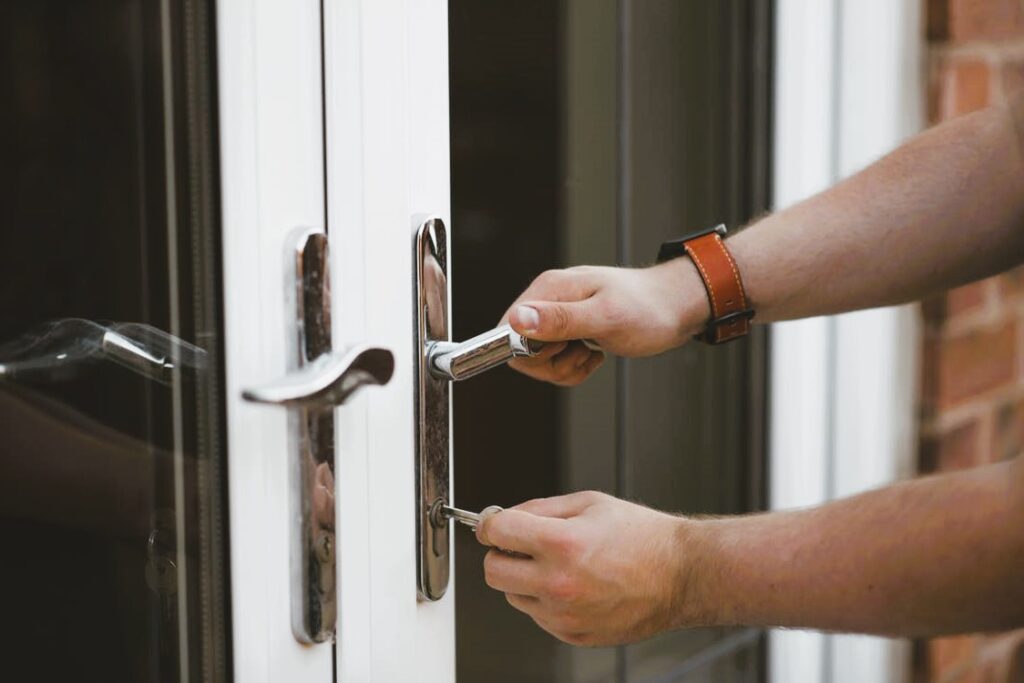
10. Regular Maintenance
In addition to these DIY home inspection tips, make a habit of conducting regular maintenance tasks. Clean gutters, trim trees and shrubs away from the house, and check the exterior paint for any signs of peeling or chipping.
Conclusion
By following these DIY home inspection tips, Parksville homeowners can stay proactive in maintaining their properties and ensuring their safety and comfort. However, it’s essential to remember that DIY inspections are not a substitute for professional inspections. Regular professional home inspections by certified inspectors remain crucial to catch any hidden issues and provide a comprehensive assessment of your home’s condition.
A combination of DIY inspections and professional home inspections will help you keep your Parksville home in excellent condition and prevent potential problems from escalating into costly repairs.

